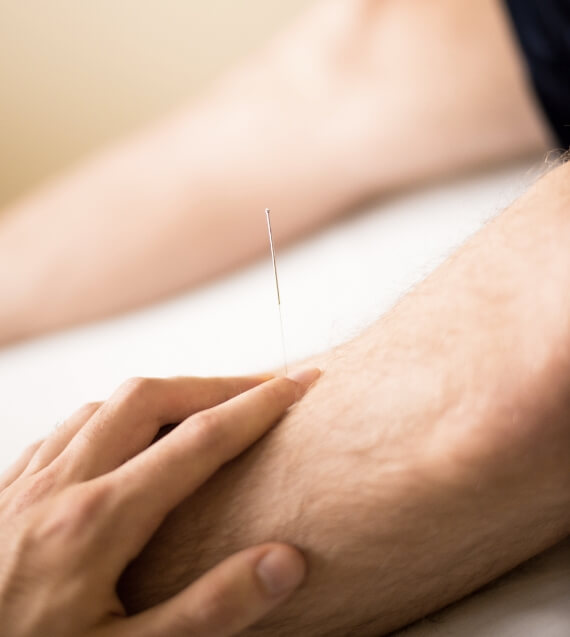The main difference between dry needling and acupuncture is the medical theory used to diagnose and treat a patient. A dry needling practitioner views the body through a Western medical perspective. An acupuncturist views the body through an Eastern medical perspective.
Dry needling is an acupuncture technique known as ashi point needling. The ashi point is not found on a traditional list of acupuncture points, and is defined as the most tender spot on a body part when pressed on. When performing ashi point needling, a fine needle is inserted until a dull ache, soreness, or radiating sensation is felt. After this sensation is achieved, the needle is removed.
Skilled acupuncturists use ashi needling to treat neuromuscular conditions, pain, and to improve joint range of motion. This technique is especially effective in treating conditions related to sports injuries.



